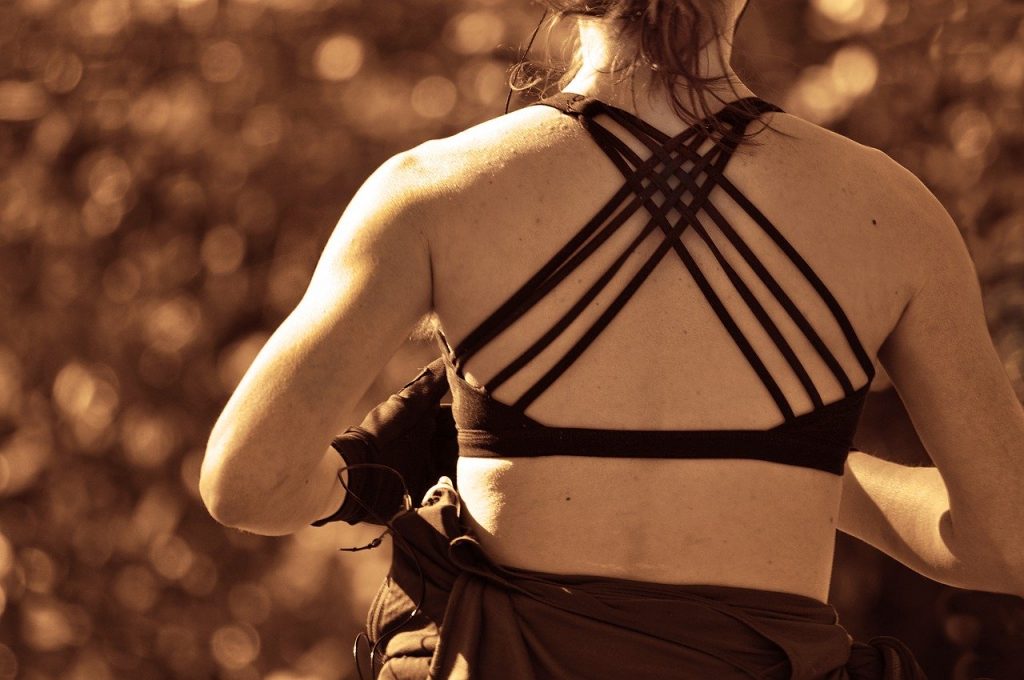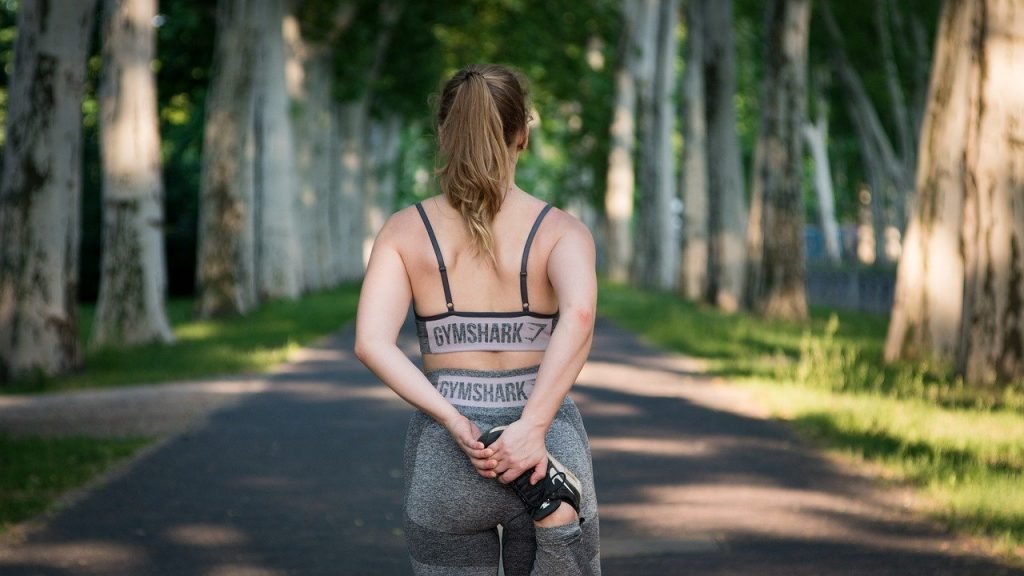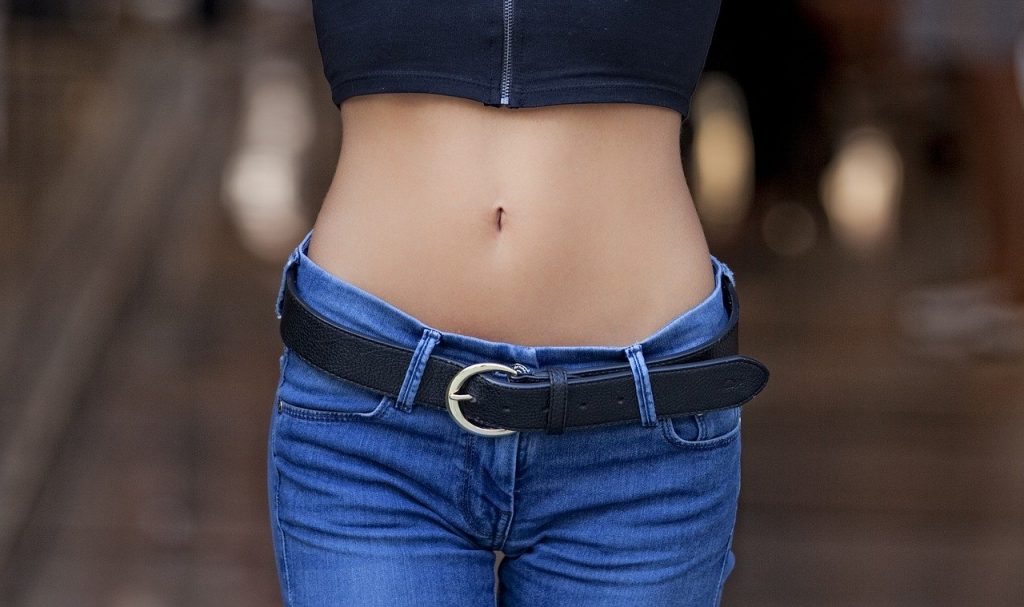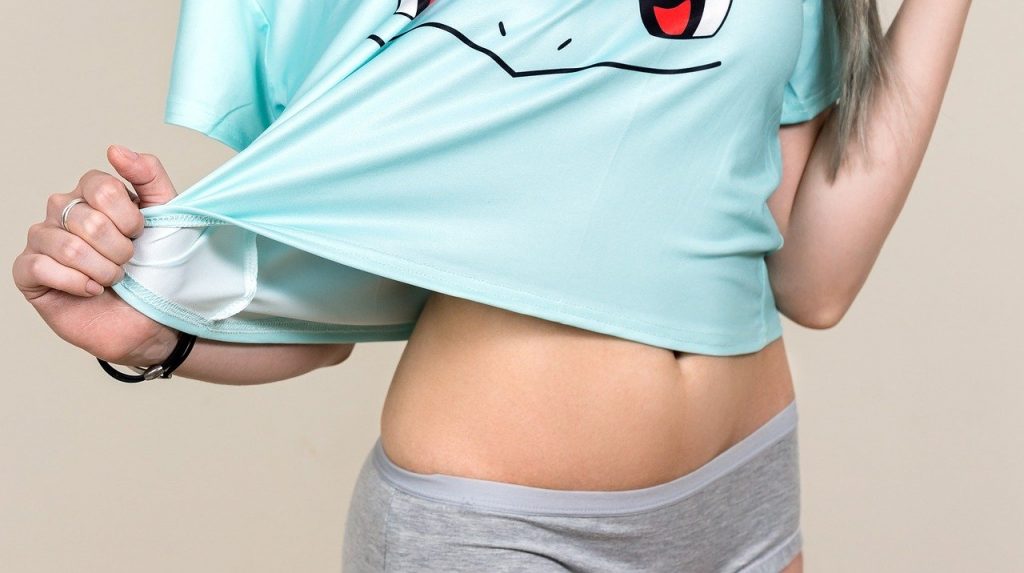Flabby-looking upper arms, or “bat wings,” as they’re often referred to, is a problem that plagues many of us as we get older. It’s also common among those who have lost a significant amount of weight. In my last post, I highlighted what is perhaps the most effective procedure for remedying “bat wings”: brachioplasty, more commonly known as an arm lift.
When it’s performed in combination with liposuction, an arm lift removes excess fat and tightens loose skin, recontouring the upper arm—and shaving years off your appearance in the process. Here, I’ll get into how exactly that’s accomplished, and what the recovery looks like.

What the surgery entails
While it’s generally performed as an outpatient surgery, an arm lift requires general anesthesia. Once you’re under, your plastic surgeon will make an incision along the inside of your upper arm. The length and pattern of the incision will depend on how much skin will be removed. If you’ve ever had a piece of clothing tailored, an arm lift is essentially akin to that. The tailor places a seam, or a dart, to take in the excess fabric. Your surgeon’s doing the same here with the incision.
If you’re having liposuction done, too, that’ll come next. And then your surgeon will tighten the underlying tissue in your arm and secure it with stitches. Using a scalpel or cautery tool, they’ll then remove a certain amount of skin from your upper arm and suture the incisions closed.
You’ll be monitored for a few hours following the procedure. Once the anesthesia’s worn off, you’ll be able to go home. Plan to have someone drive you and be available to help for the first day or so.
New arms, new you
Your arms are likely going to feel tight for the first three to four days after the surgery. Patients usually reference that more than they do any pain. You’ll be prescribed pain medication that will help alleviate both. You also may be sent home with compression sleeves, which will help with the swelling.
If you had surgical drains placed near your incisions to help your arms heal, your plastic surgeon will remove them at a follow-up appointment about a week after your surgery. You’ll likely be asked to continue wearing the compression sleeves for three weeks and to limit your range of motion with your arms for a week or two. It’s a good idea to plan on being out of work for a couple of weeks.
The silver lining: You should notice a dramatic difference in your arms right away. Even with the swelling that will follow the surgery, your upper arms will look slimmer and toned. And that’s only going to improve over the weeks ahead as the swelling subsides.
With a balanced diet and a consistent exercise regimen, those results will be long-lasting.







